Soils
What does "soil" mean?
‘Soil’ is the mantle (or layer) on the land surface that acts as a medium for plant growth. It is developed through continuous action of weathering depending on environmental factors. Soil formation is largely governed by five major factors:
- climate (e.g. rainfall, temperature, and wind),
- relief or topography of the area (i.e. landscape position),
- living organisms (vegetation and microorganisms),
- nature of parent material (type of rocks and minerals from which soil is derived) and
- time.
Components of soil
The basic components of soil are minerals, organic matter, water and air. Ideal soil (ideal for the growth of most plants) consists of approximately 45 % minerals, 25 % water, 25 % air, and 5 % organic matter. In reality, these percentages of the four components vary tremendously depending on numerous factors such as climate, water supply, cultivation practices, and soil type. Soil air and water are found in the pore spaces between the solid soil particles. The ratio of air-filled pore space to water-filled pore space often changes seasonally, weekly, and even daily, depending on water additions through precipitation, through flow, groundwater discharge, and flooding. The volume of the pore space itself can be altered, one way or the other, by several processes. Organic matter content is usually much lower than 5 % in most soils where it is not properly managed.
Mineral portion
The mineral portion of soil is divided into three particle-size classes: sand, silt, and clay. The sand, silt, and clay are collectively referred to as the fi ne earth fraction of soil. They are less than 2 mm in diameter. Larger soil particles are referred to as rock fragments and have their own size classes (pebbles, cobbles, and boulders). The relative proportion of sand, silt, or clay in a soil is known as soil texture. Soil texture has an important role in nutrient management because it influences nutrient and water retention. For instance, fi ner textured soils tend to have greater ability to store soil nutrients. Soils with the finest texture are called clay soils, while soils with the coarsest texture are called sands. However, a soil that has a relatively even mixture of sand, silt and clay, and exhibits the properties from each, is called a loam.
Soil water
All nutrients in the soil that are provided to the plants come from water held in the soil. In a critical way, water determines the potential for realized soil fertility and plant nutrition. Only a moderate amount of soil water is needed to allow for soil aeration. If there is too much water in the soil and if it remains for many days – meaning the soil is waterlogged – the soil becomes depleted in oxygen. Under these conditions, plant nutrients will not be available to the plants, and most of the beneficial soil microorganisms will not survive. Most plants will die under such conditions, with only a few exceptions such as rice and yams.
The main functions of water in the soils are:
- Promotes many physical and biological activities of soil
- Acts as a solvent and carrier of nutrients
- Acts as an agent in photosynthesis process
- Acts as a nutrient itself
- Maintains turgidity of plants
- Acts as an agent in weathering of rocks and minerals.
Soil air
Oxygen is essential for all biological processes occurring in the soil. It is provided to microorganisms and plant roots through larger and smaller spaces in the soil.
Soil organic matter
The organic matter component of soil, known in short as soil organic matter, can be divided into three general pools: living biomass of microorganisms, fresh and partially decomposed residues, and humus. Humus is the well-decomposed organic matter and highly stable organic material. Organic matter is mainly present in the top layer of the soil, which is subject to a continuous transformation process. Soil organic matter that is decomposed by soil organisms can recombine with mineral soil particles to form very stable humus structures, which can remain in the soil for many years. This long-term soil organic matter or humus contributes a lot to improve the soil’s structure. Organic matter constitutes from 1 to 6 % of the topsoil weight of most upland soils. Soils with more than 12 to 18 % organic carbon (approximately 20 to 30 % organic matter) are called organic soils.
There are numerous benefi ts to having a relatively high stable organic matter level in an agricultural soil. These benefits can be grouped into three categories:
- Physical benefits: Soil organic matter enhances aggregate stability, improves water infiltration and soil aeration, reduces runoff; improves water holding capacity; reduces the stickyness of clay soils making them easier to till; reduces surface crusting, and facilitates seedbed preparation.
- Chemical benefits: Soil organic matter increases the ability of the soil to hold onto and supply over time essential nutrients such as calcium, magnesium and potassium – also known as Cation Exchange Capacity (CEC); it improves the ability of a soil to resist pH change – this is also known as buffering effect capacity; accelerates decomposition of soil minerals over time, making the nutrients in the minerals available for plant uptake.
- Biological benefits: Soil organic matter provides food for living organisms in the soil; it enhances soil microbial biodiversity and activity, which can help in the suppression of crop diseases and pests; and enhances pore space through the actions of soil microorganisms. This helps to increase infi ltration and reduce runoff.
Soil organisms and soil microorganisms
Soil is also the home for many organisms, some of which are visible to the naked eye like earthworms and termites. Others are tiny and can only be seen under a magnifying glass like bacteria. They are called microorganisms.
Among the most important soil organisms are the earthworms and termites. Most farmers are aware that the presence of earthworms is a sign of fertile soil. Earthworms fulfi l several crucial functions: First, they accelerate the decomposition of plant material on the soil surface by removing dead plant material from the soil surface. During the digestion of organic material, they mix organic and mineral soil particles and build stable crumbs in their excrements, which help improve the soil structure. Earthworm excrements contain 5 times more nitrogen, 7 times more phosphate, 11 times more potash and 2 times more magnesia and calcium than normal earth. The tunnels created by earthworms promote infiltration and drainage of rainwater and thus contribute to prevention of soil erosion and waterlogging. Earthworms need suffi cient supply of biomass, moderate temperatures and sufficient humidity and air. That’s why they are very ond of mulching. Frequent tillage and pesticides, on the other hand, decrease the number of earthworms in the soil. Termites due to their high activity and biomass can also be considered as almost always positive for soil structure and soil properties. In some cases, especially in the Sahel zone of Africa, termites are artificially introduced in order to degrade fi ne wood matter to produce compost to use as fertilizer for agriculture.
The most important microorganisms are bacteria, fungi, algae and protozoa. Soil bacteria such as Rhizobium bacteria help some plants to fix nitrogen from the air. Soil fungi constitute the major part of microbial biomass. An example of soil fungi is the mycorrhizae. Mycorrhizae grow in symbiosis (a close mutually beneficial relationship) with about 90 % of all plant roots. The plant roots provide sugar for the growth of the fungi. In reverse, the mycorrhizae explore the soil and bring back water as well as nutrients such as phosphate, zinc and copper that are not easily available to plants. Mycorrhizae also dissolve minerals such as phosphorus, and carry them to the plant, make soil aggregates more stable thus improving soil structure, and take plant carbon from the air and deposit into soil organic matter and stable soil aggregates. Incorporation of biomass into the soil, maintenance of a ground cover, mixed cropping, and reduced use of chemicals encourages build up of soil organisms.
In organic and sustainable cropping systems, the soil life is the engine of soil fertility and crop production, as well as the guardian of long term soil health.
Soil structure
Soil structure refers to the arrangement of soil particles with resultant formation of big and small pores between soil aggregates. Soil structure infl uences movement of water into and through the soil, the degree of aeration, the ability of the soil to resist soil erosion and crop roots to grow through the soil profi le. Small pores are good in preserving moisture, while the larger ones allow a fast infiltration of rain or irrigation water and help to drain the soil and ensure aeration.
Soil material fi ts and binds together in different ways. In some soils the bonding is very weak, in others very strong. The size of aggregates in some soils is very fine, whilst in others aggregates are coarse and large. In some soils the aggregates are dense containing few pores, in others they are quite open with plenty pores.In soils with good structure, mineral particles and soil organic matter form stable aggregates. This process is supported by soil organisms such as earth-worms, bacteria and fungi. The soil organisms excrete substances that act as cementing agents and bind the particles together. Fungi have filaments, called hyphae, which extend into the soil and tie soil particles together. Organic matter works as a kind of glue, helping the soil particles to stick together. This makes it clear that soil structure can be improved by supplying organic matter and by enhancing the biological activity of the soil. Whereas incorrect soil management practices such as tilling the soil in wet conditions cause compaction and may damage the structure of the soil. Compacted layers, plough pans, surface crusting and root restriction are indicators of damaged soil structure.
Soil types and characteristics
There are different types of soil. All the types are a combination of the three mineral particles sand, silt and clay. The chemical composition of the parent material of the particles and how these three particles are combined defi nes the soil`s type. It helps to determine the fundamental characteristics of soil whether it is acidic, alkaline, or neutral. The different soil types are as follows: Sandy soil, silty soil, and clay soil.
Sandy soil
Sandy soil is formed by the disintegration and weathering of rocks such as limestone, granite, quartz and shale. Sandy soils contain large particles which are visible to the unaided eye, and are usually light in colour. Sand feels coarse when wet or dry (texture is gritty), and will not form a ball when squeezed in the fist. Sandy soils stay loose and allow moisture to penetrate easily, but do not retain it for a long time. It adapts very fast to air temperatures. Easy drainage prevents root rot problems
Silty soil
Silty soil has much smaller particles than sandy soil therefore is smooth to the touch. When moistened, it is soapy slick. When you roll it between your fingers, dirt is left on your skin. Silty soil can occur in nature as soil or as suspended sediment in water column of a water body on the surface of the earth. It is composed of minerals like quartz and fi ne organic particles. It is granular like sandy soil but holds more nutrients and moisture. It easily builds a crust on the soil surface, which prevents water infi ltration and can hinder emergence of crops. In moist condition it offers good drainage and is much easier to work. The higher its organic matter content is, the better it absorbs rain water and maintains its structure also after strong rains, thus resisting to erosion.
Clayey soil
Clayey soils are made of very small particles with very little air space. Clayey soil is formed after years of rock disintegration and weathering. It is also formed as sedimentary deposits after the rock is weathered, eroded and transported. Clay soil due to its formation process is rich in mineral content. Clayey soils feel slick and sticky when wet but smooth when dry. Clay holds moisture well, but resists water infiltration, especially when dry. Often puddles form on clay soils, and the soils easily become compacted. Due to their poor drainage, risk of water logging and compaction, clayey soils are diffi cult to work. Supply of compost and gypsum improves the soils’ qualities making them more fl exible to cultivation. The gypsum and the compost push the clay soil particles apart, making room for drainage and proper water retention. Supply of organic material promotes development of earthworms, which help further to improve the soils qualities.
Loamy soil
Loamy soil consists of a balance of sand, silt and clay plus humus. It is considered to be the perfect soil for arable farming. Loam is dark in colour and is mealy in the hands. The texture is gritty and retains water very easily, yet the drainage is good. There are various kinds of loamy soil ranging from fertile to very muddy and thick sod. Yet out of all the different kinds of soil, loamy soil is ideal for cultivation.
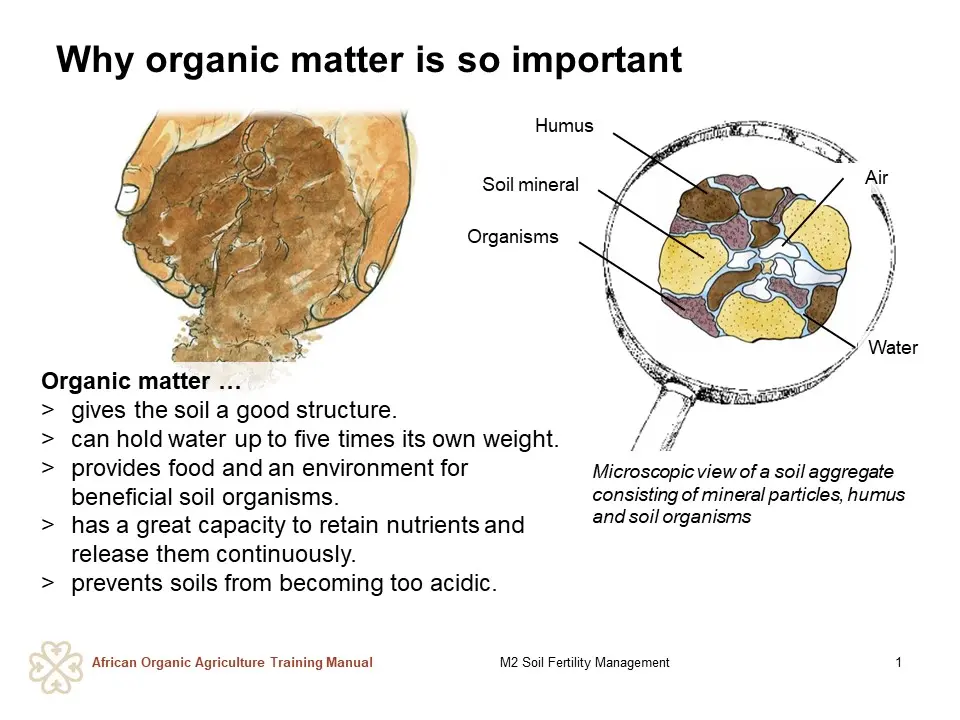
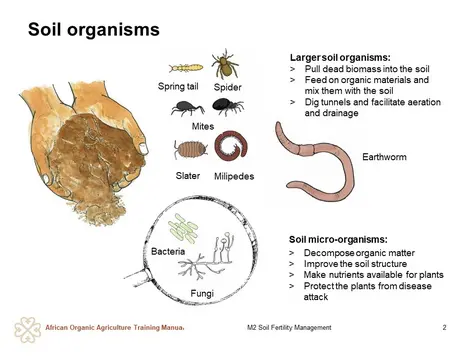
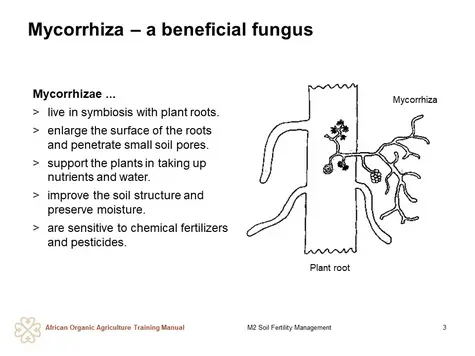
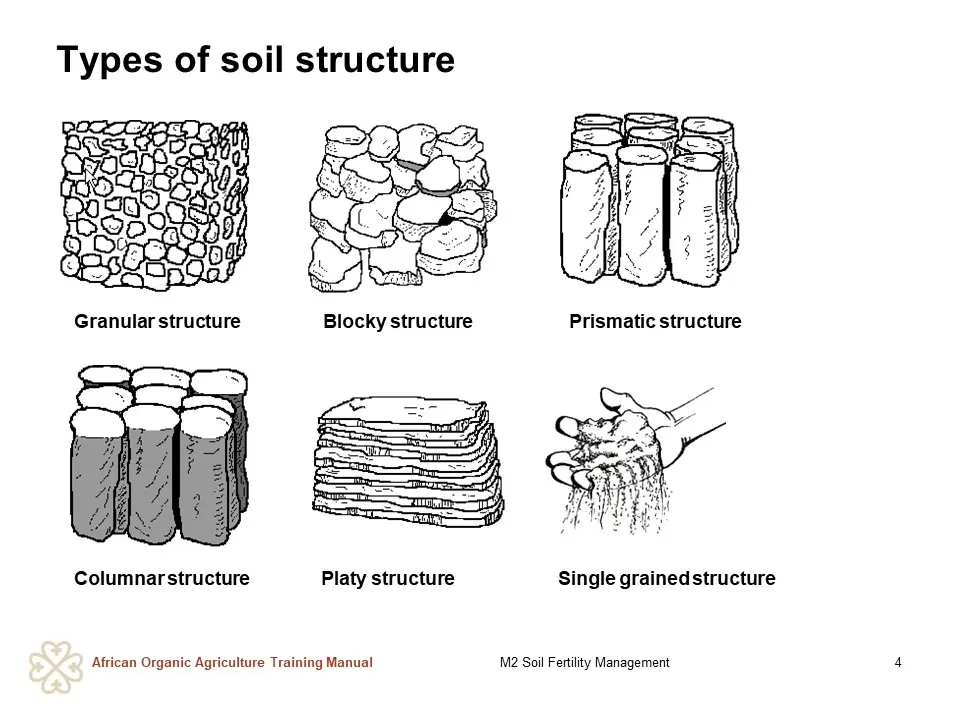
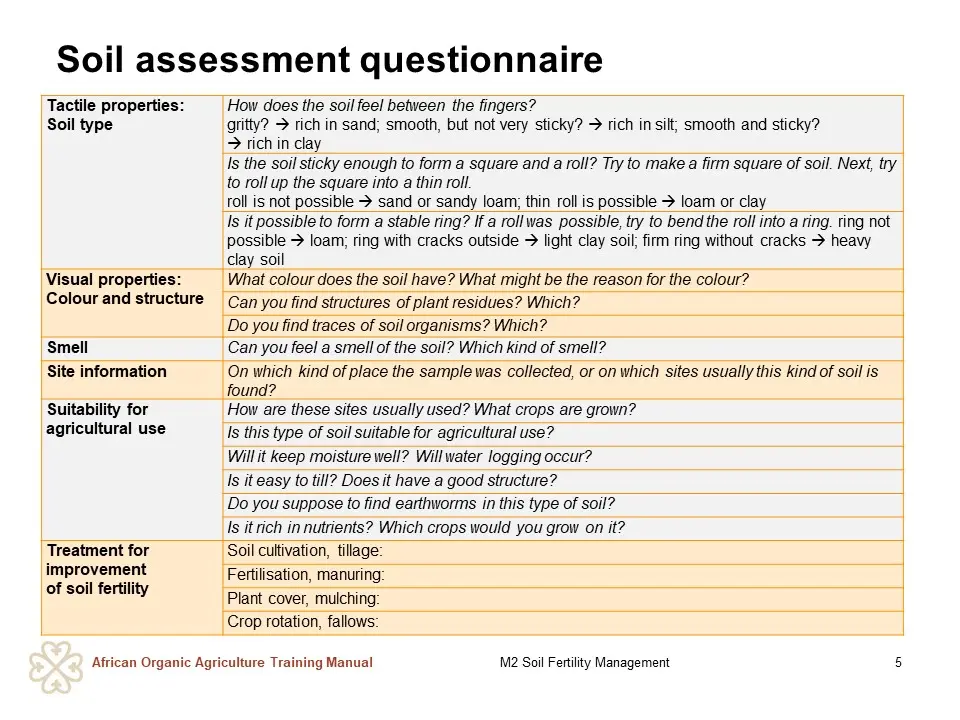
 tap and then scroll down to the Add to Home Screen command.
tap and then scroll down to the Add to Home Screen command.